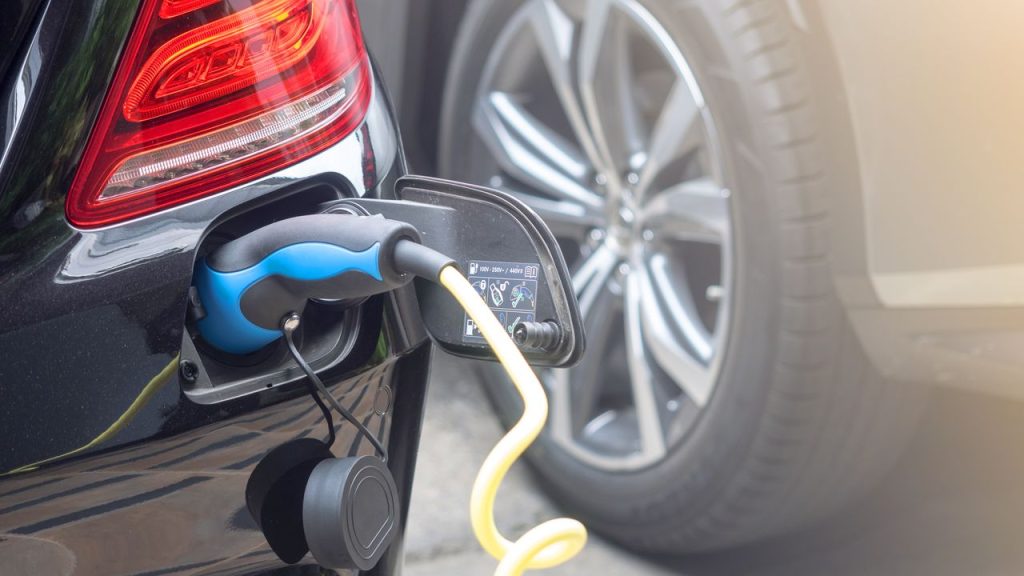Electric Vehicle Charging at Home: Options and Considerations
As electric vehicles (EVs) become more popular, the need for home charging options is increasing. Home charging is convenient, cost-effective, and can save you time. In this blog post, we will discuss the options and considerations for home charging, including charging equipment and smart charging.
Home Charging Options
There are two main options for home charging: Level 1 and Level 2 charging. Level 1 charging uses a standard 120-volt outlet and can take up to 20 hours to fully charge an EV. Level 2 charging uses a 240-volt outlet and can charge an EV in 4-8 hours, depending on the vehicle’s battery size.
Level 1 charging is the most basic and affordable option, but it may not be practical for daily use. Level 2 charging is more expensive, but it provides faster charging times and is more convenient for daily use.
Charging Equipment
To charge your EV at home, you will need charging equipment. There are two main types of charging equipment: portable and hardwired.
Portable charging equipment is easy to install and can be moved from one location to another. It is also less expensive than hardwired equipment. However, portable equipment may not be as durable as hardwired equipment and may not provide as fast charging times.
Hardwired charging equipment is permanently installed and provides faster charging times than portable equipment. It is also more durable and weather-resistant. However, hardwired equipment is more expensive and requires professional installation.
Smart Charging
Smart charging is a technology that allows you to control when and how your EV charges. It can help you save money on electricity bills and reduce the strain on the electric grid.
There are two main types of smart charging: time-of-use (TOU) and demand response (DR).
TOU charging allows you to charge your EV during off-peak hours when electricity rates are lower. This can help you save money on electricity bills.
DR charging allows you to reduce or stop charging during times of high electricity demand. This can help reduce the strain on the electric grid and prevent blackouts.
Considerations
Before installing home charging equipment, there are a few considerations to keep in mind.
First, you will need to determine the charging needs of your EV. This includes the battery size, charging speed, and charging time.
Second, you will need to consider the electrical capacity of your home. Level 2 charging requires a 240-volt outlet, which may require electrical upgrades to your home.
Third, you will need to consider the cost of charging equipment and installation. Portable equipment is less expensive than hardwired equipment, but hardwired equipment provides faster charging times and is more durable.
Conclusion
Home charging is a convenient and cost-effective way to charge your EV. There are two main options for home charging: Level 1 and Level 2 charging. Charging equipment can be portable or hardwired, and smart charging can help you save money on electricity bills and reduce the strain on the electric grid. Before installing home charging equipment, consider the charging needs of your EV, the electrical capacity of your home, and the cost of charging equipment and installation.


